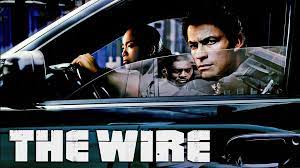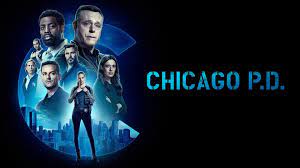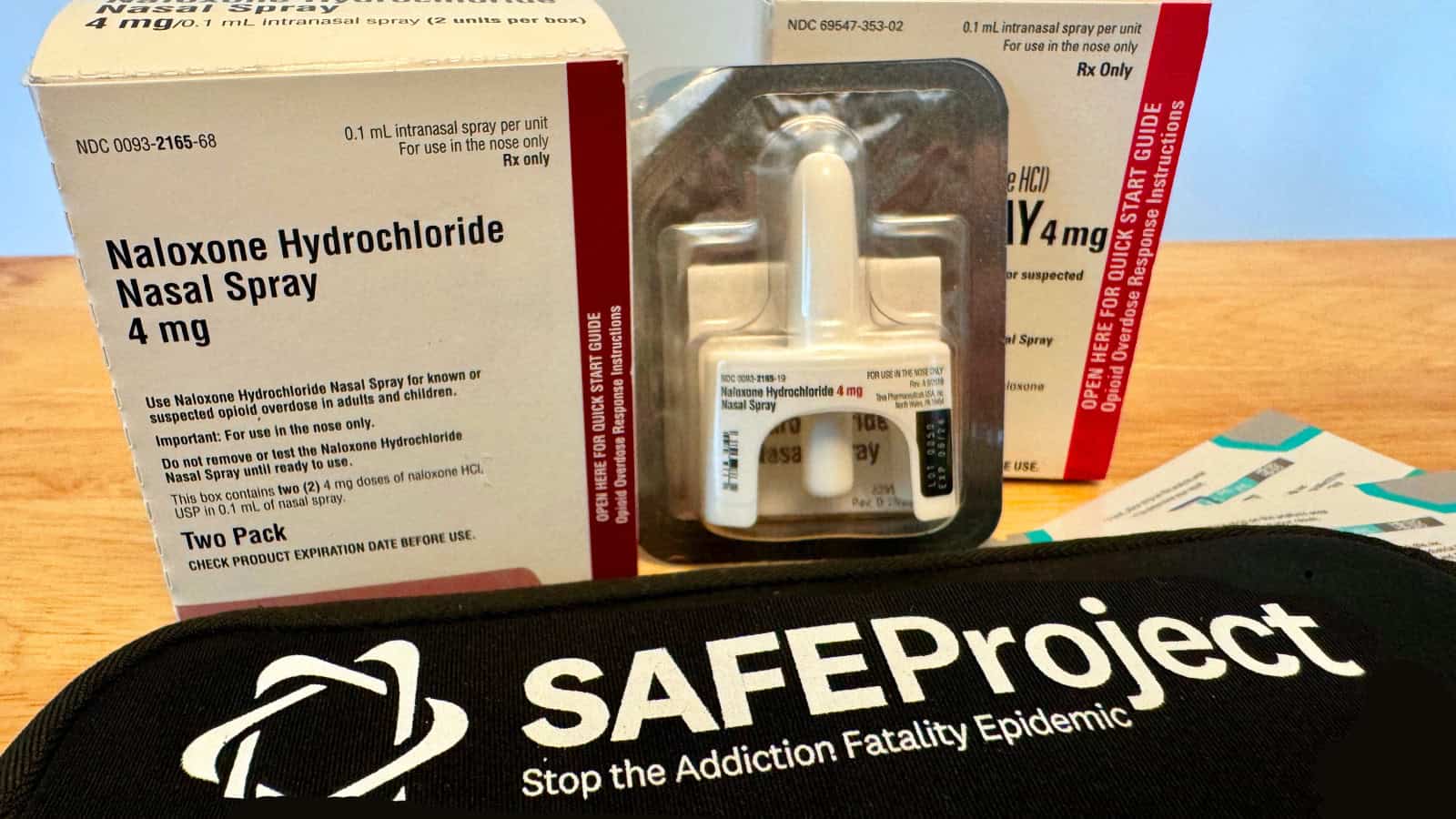Television shows have long been a medium for storytelling, captivating audiences with gripping narratives that explore a wide range of topics. In recent years, an alarming epidemic has swept across real-world communities, affecting countless lives: the fentanyl crisis.
This potent opioid, responsible for a surge in overdoses and fatalities, has not escaped the attention of television writers. From crime dramas to medical series, fictional TV shows have increasingly tackled the topic of fentanyl, shedding light on its devastating consequences and the societal impact of this deadly drug.
We compiled a list of fictional TV shows that have incorporated fentanyl into their storylines, exposing the myths behind each narrative.
By examining how fentanyl is portrayed within these episodes, we aim to explore the intersection of entertainment and public health, and the potential influence these depictions can have on audience perceptions and understanding.
Note: It is crucial to acknowledge that while fictional TV shows can provide insights into the issue, they may not always accurately represent the entirety of the real-world fentanyl crisis. Therefore, it is essential to approach these depictions with a critical lens and consult verified sources for comprehensive information on the subject.
“Breaking Bad” – Season 2, Episode 12: “Phoenix”

Myth: Fentanyl is commonly mixed with methamphetamine.
Fact: While illicit drug combinations can occur, fentanyl is not typically mixed with methamphetamine. Fentanyl is a potent synthetic opioid primarily associated with opioid drugs, such as heroin or counterfeit pills, due to its high potency and potential for overdose. That said, fentanyl has been found more and more regularly in methamphetamine and other crystalline drugs (especially throughout the east coast).
“Law & Order: Special Victims Unit” – Season 19, Episode 16: “Dare”

Myth: Fentanyl is easily detectable in drug tests.
Fact: Standard drug tests may not always detect fentanyl accurately. Specialized tests are required to identify fentanyl and its analogs. This poses challenges in identifying its presence in drug samples and can contribute to unintentional exposures and uncertain drug compositions. That said, fentanyl test strips are increasingly effective as an avenue for harm reduction, allowing people to test their drugs for the presence of fentanyl, as well as keeping naloxone nearby.
“The Wire” – Season 4, Episode 4: “Refugees”

Myth: Fentanyl-laced pills are easily distinguishable from genuine medications.
Fact: Counterfeit pills containing fentanyl can closely resemble genuine medications in appearance, making them difficult to differentiate without specialized testing. This similarity poses a significant risk to users who may unknowingly consume counterfeit pills and be exposed to the high potency of fentanyl.
“Grey’s Anatomy” – Season 16, Episode 13: “Save the Last Dance for Me”

Myth: Fentanyl is commonly used as a recreational drug.
Fact: Fentanyl is primarily a prescription medication used for pain management in clinical settings. It is not commonly used recreationally due to its high potency and the associated risks of overdose and death. However, fentanyl has been found in illicit drug supplies, often without the knowledge of the users, leading to unintended overdoses.
“Chicago P.D.” – Season 7, Episode 14: “Center Mass”

Myth: Fentanyl-laced cocaine is a deliberate strategy used by drug dealers to enhance their product.
Fact: The episode suggests that drug dealers intentionally laced cocaine with fentanyl. However, it is essential to note that the mixing of fentanyl and cocaine may not be a deliberate strategy by drug dealers, as the two drugs have different effects. Fentanyl contamination can occur due to various factors, including cross-contamination during the production or packaging processes.
“The Good Doctor” – Season 3, Episode 8: “Moonshot”

Myth: Fentanyl is the only or most commonly used opioid in surgical settings.
Fact: The episode touches upon the use of fentanyl during surgery. While fentanyl is commonly used for pain management during surgical procedures, other opioids may also be used depending on the patient’s needs and the surgeon’s preferences, and non-opioid medications are also available depending on the specific type of surgery and pain management needs.
“Ozark” – Season 2, Episode 6: “Outer Darkness”

Myth: Fentanyl is a commonly produced and distributed drug in the context of the episode.
Fact: Although not extremely prevalent, fentanyl is becoming more commonly available as a standalone product or is often presumed to be the main ingredient when individuals claim to be selling heroin. Fentanyl is primarily associated with illicitly produced opioids, such as heroin or counterfeit pills, rather than being a standalone drug widely produced and distributed.
“Nurse Jackie” – Season 6, Episode 3: “Super Greens”

Myth: Medical professionals regularly themselves use fentanyl.
Fact: While cases of illicit drug use among healthcare professionals have been reported, it is not a widespread or common occurrence among medical professionals.
While these episodes may introduce viewers to certain aspects of fentanyl, it’s essential to separate the fictional narratives from the real-world facts.
It’s important to rely on accurate information from credible sources to understand the true risks and consequences associated with fentanyl use. It is crucial to approach these depictions with caution and seek reliable information from healthcare professionals and official health organizations for a better understanding of the realities surrounding fentanyl use and its implications on public health.
Additional Resources
-
 Page
PageWhat is Naloxone? What should I do if I witness an overdose?
Naloxone (also known as Narcan®) is a medication used to reverse an opioid overdose. -
 Page
PageFentanyl
To effectively tackle the risks associated with the fentanyl epidemic, it is essential to have a comprehensive understanding of the facts. -
 Page
PageJoin the No Shame Movement
Join our national movement to combat stigma, because there’s No Shame in getting help for mental health and addiction.




